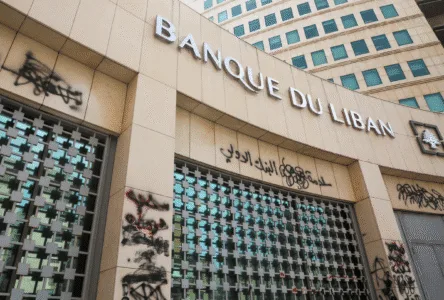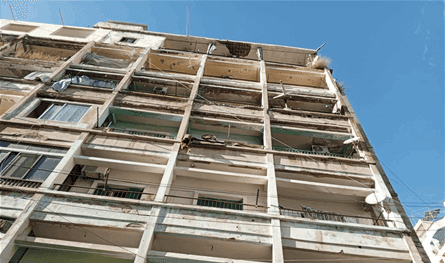
Will the ceiling for drawings for Circulars 158 and 166 be raised before the end of the year?
“Lebanon Debate” – Basma Atwi
Informed banking sources told Lebanon Debate that it is likely that the Bank of Lebanon will raise the ceiling for withdrawals of Circulars 158 and 166 during the coming period and before the end of the current year, and that officials at the Central Bank are studying the rate of increase, which is likely to be $1,000 instead of 800 for the beneficiaries of the 158, and 500 instead of 400 for the beneficiaries of the 166, especially since the coming months will not witness In accordance with the law The financial gap, due to the dispute between the Ministry of Finance and the Bank of Lebanon over the amount of 16 billion and 500 million dollars, which the Central Bank considers to be a state debt, and the latter denies this,” pointing out that “it is true that a dialogue is taking place between the two sides on this issue, but there are no signs of a breakthrough regarding it. Rather, it is more like a mixture of gravel that is likely to delay the issuance of the financial gap law.”
Gabriel: Talk about raising the ceiling on circulars is media pressure on the Central Bank
In contrast to these arguments, there are those who refuse to link the delay in implementing the gap law with raising the ceiling on circular withdrawals. In this context, Nassib Ghobril, head of the Research Center at Byblos Bank, explains to Lebanon Debate, “There are many news releases on this subject frequently and without real data, and recently it is being promoted that the ceiling on withdrawals will be raised, because there is a delay in approving the financial gap law until after the next parliamentary elections.”
He adds: “President Tammam Salam’s government is trying to complete the financial gap project and set a framework for it before the end of this year, and transfer it to the House of Representatives so that it can begin studying it next year. The goal is to put the ball in its court, that is, for the law to be in the custody of the parliamentary committees to study and approve it,” expecting that “there will be no raising of the ceiling for withdrawals at the current stage, without there being an integrated and comprehensive solution to determine the fate of deposits.”
In the previous stage, the Bank of Lebanon raised withdrawals exceptionally due to the Israeli war, and then later installed these ceilings to become $800 for beneficiaries of Circular 158 and $400 for beneficiaries of Circular 166. He believes that “the Bank of Lebanon will not take piecemeal decisions, because it is working to achieve an integrated solution and its goal is to return all deposits to all depositors in one way or another, starting with small deposits.”
Gabriel puts it, “Talk about raising the ceiling of withdrawals is media pressure on the Central Bank, with the aim of urging it to raise the ceiling of withdrawals, but this will not work, because the decision is taken in isolation from everything that is happening outside the Bank of Lebanon, and according to its ability to cover, and it has not happened that either with the current governor or the era of acting governor Wassim Mansouri, he was subjected to media pressure to take a specific decision in circulars or to publish leaks.” Advance press before the issuance of the circular. Personally, I hope that the ceiling on withdrawals will be raised, but today is better to wait for what the Bank of Lebanon will do and anything else that cannot be built upon.”
Regarding the question about the Central Bank’s ability to cover the cost of the circulars if they are lifted, Gabriel answers: “The Bank of Lebanon is the only one capable of answering this question, and the Central Council, when it previously took the decision to raise the ceiling on withdrawals, studied the capabilities of the Central Bank, and when it issued the circulars, this was based on an in-depth study of the capabilities available to it and to the banks.”
He concludes: “The Central Bank’s decisions are taken based on a study and not randomly (the capabilities/number of accounts eligible to benefit from these circulars/the amount of liquidity that will be withdrawn and its cost), and to date, 4 billion 100 million dollars have been withdrawn as a result of these circulars from June 2021, the date of issuance of Circular 158, until June 2025.”

















